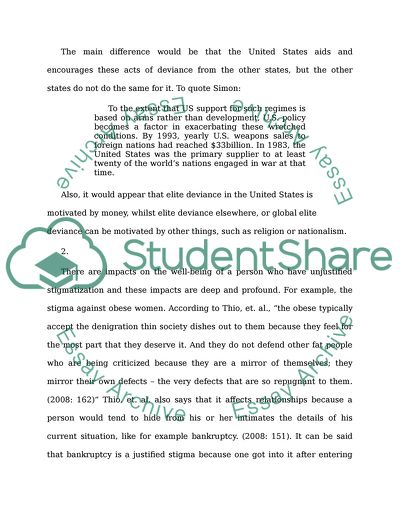3 QUESTIONS IN CRIMINAL JUSTICE and deviance Coursework - 2. Retrieved from https://studentshare.org/law/1583156-3-questions-in-criminal-justice-and-deviance
3 QUESTIONS IN CRIMINAL JUSTICE and Deviance Coursework - 2. https://studentshare.org/law/1583156-3-questions-in-criminal-justice-and-deviance.


